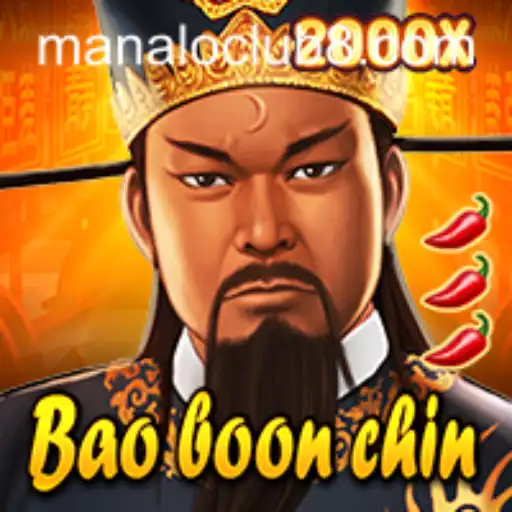The Art of Eight Limbs: Understanding Muay Thai
Muay Thai, a martial art originating from Thailand, is also known as "The Art of Eight Limbs" due to its unique use of fists, elbows, knees, and shins. This traditional combat sport has gained international acclaim, captivating audiences with its intense physicality and cultural heritage.
The Introduction of Muay Thai
The roots of Muay Thai can be traced back to the military training of ancient Thai warriors. Throughout history, it has evolved from a practical battlefield skill to a popular sport, with matches increasingly held in stadia and international competitions. As globalization progressed, Muay Thai found its way to gyms and dojos around the world, with practitioners drawn to both its effectiveness in self-defense and its demanding physical regimen.
Muay Thai’s Rising Popularity
In recent years, Muay Thai has expanded its influence beyond traditional boundaries. The World Muay Thai Council works tirelessly to promote the sport, standardizing rules and encouraging the practice globally. With the inclusion of female fighters and international stars, Muay Thai has become more accessible and widely recognized.
While the COVID-19 pandemic initially affected sporting events, Muay Thai organizations adapted, implementing safety measures and integrating technology for virtual training sessions. This adaptability has maintained the sport’s prominence, making it a staple in both professional and amateur fight circuits.
Rules and Techniques
Muay Thai is governed by a comprehensive set of rules that prioritize the safety and skill of its practitioners. A match typically consists of five three-minute rounds, with a two-minute break between rounds. Fighters are scored on various criteria, including strikes, effective defense, and overall aggression.
One distinguishing feature of Muay Thai is its emphasis on clinch work, where fighters engage in close proximity, utilizing knees and elbows. The clinch is a strategic aspect of the sport, allowing fighters to control their opponent, disrupt their balance, and execute strikes with devastating impact.
Essential Techniques
The arsenal of Muay Thai includes a variety of strikes:
- Punches: Derived from boxing, these include the jab, cross, hook, and uppercut.
- Elbow Strikes: With its individuality in Muay Thai, elbow strikes are used for close-range attacks, often causing cuts and inflicting damage.
- Knee Strikes: Utilized in mid-range and clinch scenarios, knee strikes can target different areas of the opponent's body, often aimed at the ribs and midsection.
- Kicks: The most iconic is the roundhouse kick, delivered with speed and power. Low kicks target the opponent's legs to weaken their stance.
Defensive techniques are equally integral, with practitioners mastering footwork, blocking, and evasive maneuvers to counter the opponent's attacks.
The Role of the Manalo Club in Muay Thai
The Manalo Club has emerged as a pivotal organization within the Muay Thai community. Renowned for promoting inclusivity and excellence, the Manalo Club offers training to individuals of all ages and skill levels. Their efforts are aimed at preserving the traditional aspects of Muay Thai while embracing modern advancements.
Furthermore, the Manalo Club serves as a platform for aspiring fighters to showcase talent and hone technique under experienced coaches. By hosting events and engaging with global communities, the club continues to contribute significantly to the sport's development.
Muay Thai’s Cultural Significance
Beyond its status as a competitive sport, Muay Thai holds immense cultural significance. Ceremonial aspects, such as the Wai Kru Ram Muay dance, are integral to the tradition, performed by fighters before matches as a mark of respect to trainers, families, and the sport itself. This dance, accompanied by traditional music, emphasizes the spiritual and cultural roots of Muay Thai.
Efforts are being made to safeguard these traditions amidst the sport's global expansion, ensuring that the cultural identity of Muay Thai remains intact.







